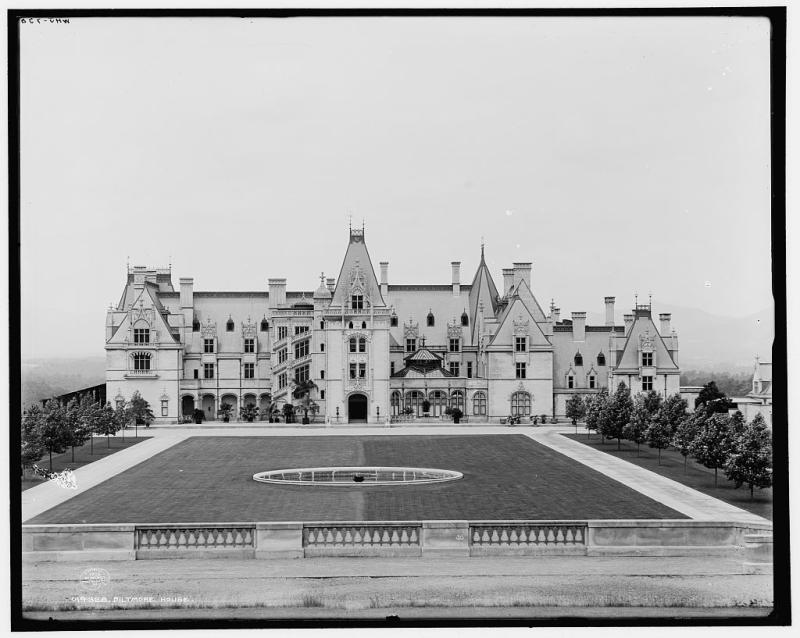North Carolina emerged from Reconstruction a new state in a "New South." But what would that New South look like? Reformers and industrialists built factories and railroads, established businesses, and expanded cities. Farmers struggled to keep their land and their way of life in the face of increasing economic pressures. Black Americans took advantage of new opportunities, while conservatives fought to reestablish white supremacy. And the changing culture of the urban middle and working classes made its way into North Carolina, bringing new technology, new consumer goods, new patterns of living, and new opportunities for women.
Designed for secondary students, part seven of our web-based resource explores the political, economic, social, and cultural history of the state in the last decades of the nineteenth century and combines primary sources with articles from a variety of perspectives, maps, photographs, and multimedia to tell the many stories of North Carolina:
- changes in agriculture, the emergence of sharecropping, and the economic pressures on farmers
- the growth of industry and cities and the experiences of mill workers
- changes in education and expanding opportunity
- the culture of the "Gilded Age" — and its limits
- overseas expansion and the Spanish-American War
- changes in the state's political landscape, including populism, "fusion" politics, and the legal establishment of white supremacy
- the 1898 Wilmington Coup
